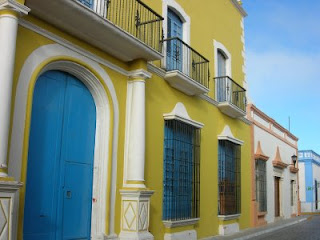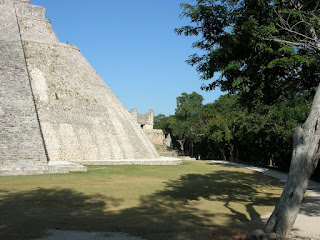
In the workshops and presentation that Nancy & I give based on our book Living Consciously, Dying Gracefully: A Journey with Cancer and Beyond, we often ask participants: What makes a good death?
The answers include no pain, time to say good-bye, finishing one’s business, having those you love by your side, being free of anxiety, and being at peace.
These elements can be achieved when one is dying of disease and has the time to prepare consciously for the end, as Diane Manahan did. Her extraordinarily good death is one reason her story is so inspiring.
But what if a person does not have that time?
Last month an old friend from high school, John Osnes, stepped off the curb in Los Angeles one night, and within minutes he was lying on the pavement, having been beaten up and then run over in a road rage incident.
How could his death ever be considered a good death? That is was quick? That he didn’t linger in pain? Those aren’t very satisfactory answers. I don’t know that there are any.
A sudden death may be hardest on the loved ones, such as John’s beloved sister, Kris. How could this have happened? How can one go on when everything is changed?
Quickly come all the arrangements, the phone calls, the obituary, the finances, the notifications, the reality within the unreal situation. In a way, the tasks help loved ones get through the first few days and through the shock, but not through the grief. That will last a long, long time.
I am grateful to John Osnes for a friendship of long ago that was more important to me than I realized at the time. In our small rural Midwestern town, he was a gay teenager. He bravely wore his hair longer than any other guy in Madelia, sang beautifully, played the piano brilliantly, but was harassed by his schoolmates. I was a lesbian teenager, in love for the first time-- with his sister Kris. For a couple of years, John and I formed an unspoken bond in our isolation. Once, over pizza in the nearby “city” of Mankato, we confided our sexuality and our heartaches openly to each other.
Thank you, John, for who you were . . . and for being a light on my path.
Becky
P.S. For more information about John Osnes, visit http://www.johnosnes.com/.





